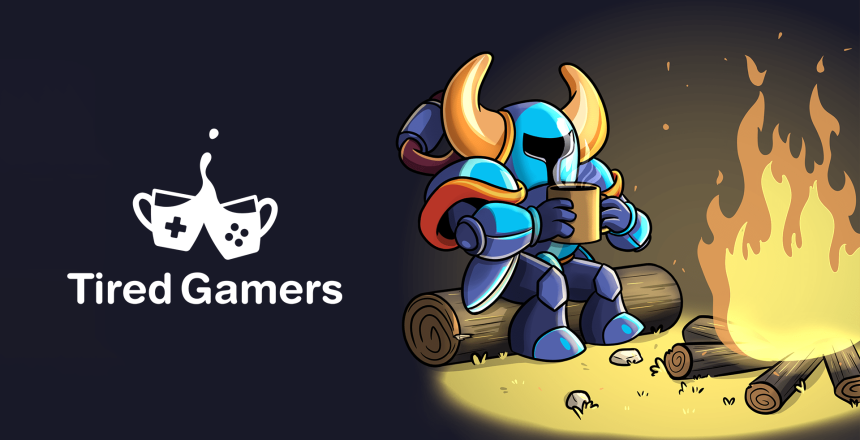The first full season of our indie game analysis series will kick off on Friday, Sept. 18.
This is an indie game darling that carefully balanced the purity of the retro gaming experience with modern innovations. We have a lot to dig into to explore everything from combat mechanics to level structure to narrative design, but in the lead-up to that, we wanted to give you time to play the game yourself and start drawing your own conclusions and insights.
Here are the quick-hit details about Shovel Knight:
- Developer and Publisher: Yacht Club Games
- Released: June 2014
- Genre: Action platformer
- Multi-Platform Support (but here’s Steam)
We won’t be covering any of the DLC or spin-off content, but if you enjoy the core game you’ll likely enjoy those experiences as well. We will, however, discuss a slew of retro games that have design decisions similar to Shovel Knight. You don’t need to play all of these through to completion, but you might get extra enjoyment out of Shovel Knight if you mix them into your Shovel Knight gaming sessions.
Those games include:
- Zelda II: The Adventure of Link (released on the NES in 1987 but now available on Switch)
- DuckTales (released on the NES in 1989)
- Mega Man (released on the NES in 1987 but now available on several platforms such as the Switch and Xbox One)
- Super Mario Bros. 3 (released on the NES in 1998)
- Super Mario World (released on the SNES in 1990)
- Castlevania (released on the NES in 1986)
- Ninja Gaiden (released for arcade in 1988 and then the NES)
- Dark Souls (released in 2011, available on several platforms)
- Chrono Trigger (released on the SNES in 1995 but now available on PC as well)
- Sparkster (released on the SNES in 1994)
We will touch on other games of course, but these will be core to at least one of the episodes in this series.
Subscribe to our YouTube channel to be one of the first to see an episode when it goes live. And join our Discord to participate in our ongoing discussions of Shovel Knight.



